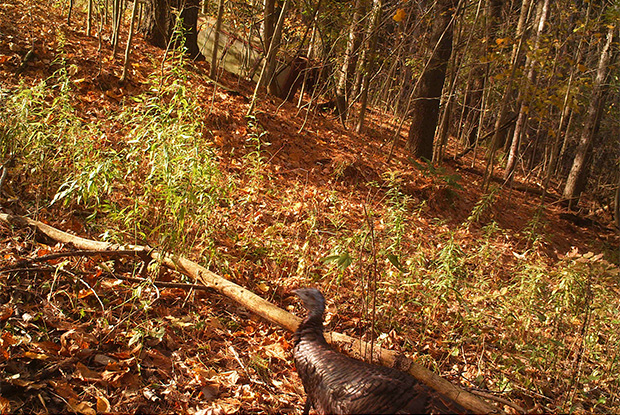
Hunting fall turkeys is a different game than spring turkeys. Gobbling on the roost is rare and it’s difficult to hear roost yelping unless you’re close to them.
Patterning the birds is the key to success. Again, this comes with its challenges, as the pattern can change quickly. Trail cameras can be part of the solution to track down wary birds, with minimal disturbance.
The ideal camera
A typical trail camera has more than enough sensitivity for jakes and jennies to trigger photos. Since turkeys aren’t active at night, expensive flash technology is not needed. Though I do look for some features.
A few years ago Primos introduced the Turkey Cam. This was not a typical camera triggered by movement, but a time-lapse camera that took interval photos. If turkeys are using a field regularly but are out of range to be trigger a shot, this camera will still record their presence. A speed-viewing program allows the viewing of hundreds of photos in a few minutes.
Primos no longer manufacturers this camera, but the feature is available on many other trail cameras.
Camera placement
If the camera is set to watch a field, check first for fresh tracks or droppings. In some conditions, tracks won’t show through crop stubble but dusting sites will, so keep an eye out for these shallow bowls in the soil. Keep sun direction in mind for early morning as it’s hard to see turkeys if there is a lot of lens flare from the sun.
In woodlots or areas connecting fields, look for pinch points, laneways, or other travel routes where turkeys will travel close enough to the camera to trigger it.
The right time
If scouting woodlots without fields nearby, timing isn’t critical for putting the camera into operation. But, if you’re scanning fields or woodlots that turkeys use on their way to feeding fields, the state of the harvest can make a difference, depending on the crop.
Hay fields are used by turkeys throughout the season. Wheat is harvested in mid-summer and is a major early-season food source, but a few passes with a tractor and a plough can put an end to the feeding frenzy. Turkeys feed on both corn and soybeans while still standing, but post-harvest is the best time to hunt these areas. Again, watch for harvesting, plowing, or other agriculture activities.
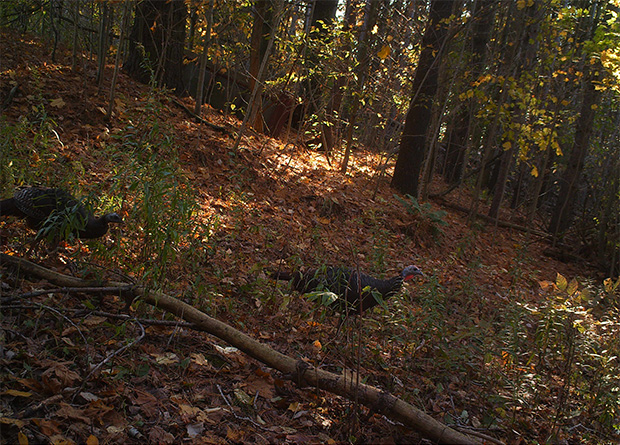
Fringe benefits
Using a trail camera for scouting has other benefits. Last fall, I noticed a lot of fresh sign while walking towards one of my cameras. It hung on a tree with no foliage at a turkey’s level, but a lot of leaves beginning at three feet.
Arriving at the camera, I carefully looked through the leaves and saw a flock in the field. A couple of calls and I had a super jake in range. It had a six-inch beard and made great table fare. Remember to always use caution when approaching your cameras.
Spring use
And don’t discount trail cameras in the spring, either. Ernie Calandrelli of Quaker Boy game calls told me the story of a turkey he shot at 11:30 that didn’t gobble until 10 minutes before he shot it. When I asked if he knew the birds were roosting in the area, he replied he didn’t, until he saw it on a trail camera.
I also use trail cameras to record turkey movement in the spring. It’s a great way to scout fields with minimal disturbance.


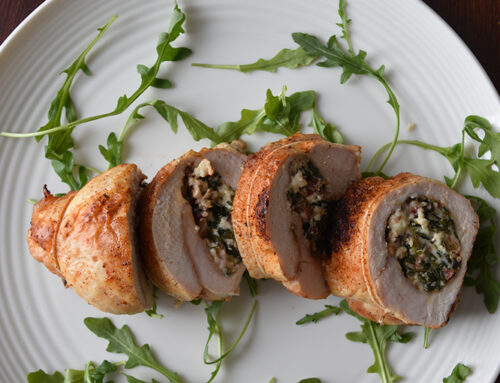
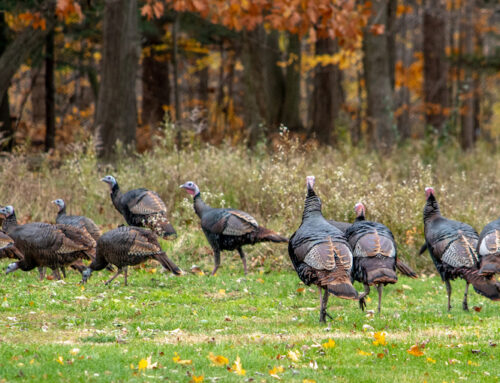
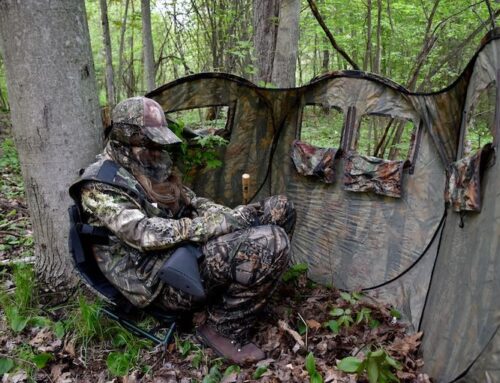
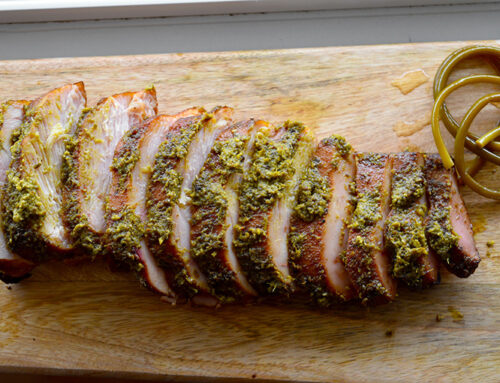
Leave A Comment